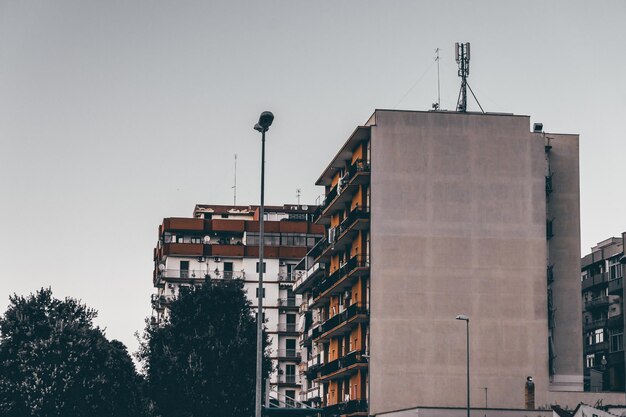How Many U.S. Apartment Buildings Are Constructed with Concrete?
When envisioning the towering skylines of cities like New York or Chicago, one might naturally wonder what materials form the backbone of these urban giants. Concrete, renowned for its strength and durability, is a predominant choice for constructing apartment buildings in the United States. But just how prevalent is this material in the nation's apartment scene?
The Role of Concrete in Apartment Construction
Concrete is celebrated for its strength and longevity, allowing architects to design taller and more intricate buildings. In the U.S., it is estimated that a significant percentage of apartment buildings, particularly those over five stories tall, are constructed using concrete. Studies suggest that over 60% of mid-rise and high-rise apartment complexes utilize concrete as their primary structural material. This is largely due to its ability to withstand environmental stressors and its fire-resistant properties.
Why Developers Prefer Concrete
Several factors contribute to the popularity of concrete in apartment building construction:
Strength and Durability: Concrete provides the stability needed for taller buildings, particularly in urban environments subject to harsh weather.
Acoustic Insulation: The density of concrete offers better soundproofing between units compared to wood or steel.
Fire Resistance: Concrete doesn’t ignite, making it a safer choice for residential buildings and a popular option for metropolitan fire codes.
Versatility: Advances in concrete technology allow for a variety of finishes, shapes, and colors, making it a versatile option for architects.
Transitioning to Related Financial Topics
With the knowledge that concrete plays a critical role in apartment construction, one might wonder how this impacts housing costs and rental affordability. Building with concrete can lead to higher construction costs, potentially influencing rent prices. For tenants and potential homeowners, understanding these dynamics can be crucial when considering housing options. Thankfully, financial assistance programs are available to help offset rental costs.
Navigating Housing Costs with Financial Aid
For many, the dream of living in a secure and modern apartment is met with the challenge of high rent. Fortunately, several government aid programs and financial tools can pave the way to affordable housing:
Rental Assistance Programs: Initiatives such as Section 8 offer vouchers to help low-income families cover part of their rent.
Affordable Housing Grants: Many states provide grants to developers to maintain or create affordable housing units in concrete-based buildings.
First-Time Homebuyer Programs: These often include loans with lower interest rates or financial counseling to help purchase a home—some with concrete construction for added longevity.
Educational Opportunities: For those interested in learning more about sustainable construction, scholarships and grants are available in fields like architecture and civil engineering.
Resources to Explore
🌟 Financial Assistance Programs:
- Section 8 Housing Choice Voucher Program
- State-specific affordable housing incentives
🏠 Homeownership Solutions:
- HUD First-Time Homebuyer Programs
- USDA Rural Development Loans
📚 Educational Grants:
- Scholarships for Architecture and Engineering
- Sustainable Building Design Fellowships
By harnessing these resources, residents can better navigate the complex landscape of housing affordability, ultimately finding a home that suits their needs both structurally and financially.
